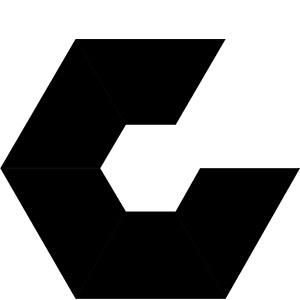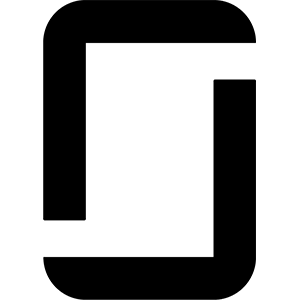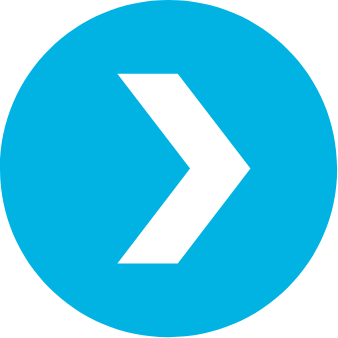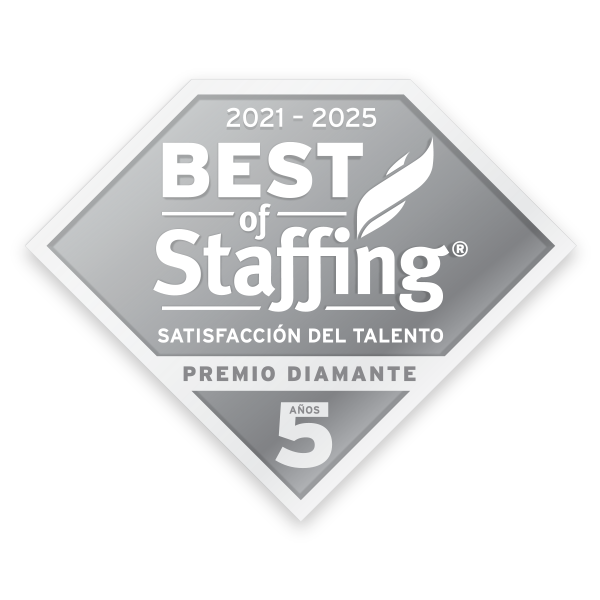CNBC recently named User Experience Designers as one of the top “15 best jobs in America.” It’s a great profession that pays well, offers a lot of interesting opportunities and is one of the most important roles in today’s digital, connected economy. When you work in an environment that values User Experience, the rewards of great product development are amazing. In essence, you create great products, and, hopefully, earn great successes.
So what’s the best answer to, “How do I break into User Experience?”
Very few people follow the same path into User Experience. Everyone has a different story, and that reflects in the variety of skills many User Experience Designers have when you read their resumes. It’s not like becoming a surgeon, where there’s an expected path laid out for them. User Experience professionals bring all their experience to the table, and that contributes to the products they design.
That said, let’s take a look at four proven methods for breaking into the User Experience space.
Get Educated
Getting that piece of paper is the quickest way to jump start your UX career.
Many colleges and universities are now offering Bachelor’s- and Master’s-level degrees in Interaction Design and Human Computer Interface Design. HCI is the more advanced version of this (based on design for airplane cockpits during World War II). Carnegie Mellon is recognized as the top school for their design programs.
For other schools, your mileage may vary. Believe it or not, many of the programs out there shouldn’t be getting the credit they deserve–I’ve met many a designer that talked about how great their program was, but their work didn’t reflect it. I read the bios of some of the people teaching, and they have less experience than the mid-level designers I wouldn’t hire.
However, in the case of Carnegie Mellon, not all of us can move to Pittsburgh at the drop of a hat.
The alternative is university extension programs.
In this scenario, working professionals take classes and learn the basics of the field over a few months. I’m a west coast guy, so the programs I recommend are UCLA’s Extension Courses, and Cal State Fullerton’s User Experience Design certificate that I advised years ago. Many of the professionals that have taught those classes are ones whom I respect, and some have offered internship programs that require your enrollment in the class as a prerequisite. If you’re a working professional, I would try this first, because spending $600 for a class is much better than spending $30,000/year.
There are also many accelerator programs that educate professionals about usability and UX design.
Some of the best are Nielson Norman Group’s intensive programs, Cooper’s UX Bootcamps, and Adaptive Path’s programs. They’re taught by some of the best in the business, but they’re pricey: expect to drop $2,500 in addition to room, board and flights if you don’t live in a major metropolitan area. I’d advise finding local resources before you make this investment.
The value of these programs is more than the nuts and bolts of learning the field.
Some schools partner with companies like Microsoft and General Electric so graduates have entry-level opportunities to learn Interaction Design from professionals that have done it for years. Other schools, like Stanford, align themselves with alumni programs like Designer Fund to promote interaction design, and the best way to get in is to know people personally.
It’s like getting an MBA: sometimes the real value isn’t the education but the people you meet.
Pivot From Your Current Position
If you look at the careers of many UX designers, especially the better ones, they usually come from design- or communication-related careers.
Dan Saffer and Whitney Hess, two famous designers, were writers before getting involved in UX. Two friends of mine, Coburn Hawk and Jon Fox, were in film production and illustration before making the transition. Another, Paul Sherman, was a technologist.
User Experience design is the ability to translate a story (how we engage the user) into a usable experience.
The common thread uniting all these professionals was that they knew how to tell stories, and they used previously gained talents to contribute to their UX skillet. Dan and Whitney also went back to school (Carnegie Mellon), to enhance their chances of succeeding in the space.
The three easiest careers to pivot from are Print Design, Web Design, and Business Analysis.
These careers already involve elements of interaction design, even if that is not immediately apparent. Usage of space, design, and the managing of requirements are very important in translating those skills to Interaction Design.
However, I have seen people move from these careers:
- Web Producers and Engineers have a core understanding of how websites work.
- Recruiters know the position and the market, can communicate well, and can sell.
- Copywriters already have the communication skills and understand marketing.
- Journalists have great research and writing skills.
Each has skills in other fields that translate well over to Interaction Design. All they have to do is fill in some holes.
I interviewed a candidate recently and, before she was a product manager, she worked extensively in Human Resources. That’s experience that no degree will teach you, and might even give you a leg up on other candidates. Not all UX jobs require a Masters and saying that disregards the great experience many professionals have.
The advantage of pivoting is that you can use your domain knowledge in User Experience, and that makes you invaluable.
When I was editor of a community newspaper years ago (another pivot), I got a great piece of advice from a writer I worked with. He said that they didn’t have writing degrees in England because the ability to communicate was expected, but you had to have knowledge in a domain to be of value. The best journalists had degrees in Finance or Business and were able to translate that knowledge into great content.
Build Your Own Idea or Something For Someone Else
I’ve covered this topic at length in my own personal blog. What most User Experience designers need before applying for a job is a portfolio, and no one’s going to give you that. The best way to get something in that portfolio is to either by building out an idea of your own, or by walking into a non-profit and volunteering. It could even be for an internship. Instead of getting a retail rate for your skills you’re getting experience and an education, which is a long-term investment.
I have met designer after designer that followed this approach. It lead to great experiences and eventually better-paying work.
My favorite is Erin Moore, who I met in a random meeting last year. She interned at Twitter after going back to school to get a Master’s degree in the field. She has some great stories that will lead to even better gigs. Another student, Morgan Davis, is working with a friend of mine on a competitive analysis project. For his time, we’re going to work on turning his first User Experience deliverable into something he can leverage in his portfolio.
When you build something yourself you can try different ideas and learn on your own time, without affecting anyone else.
There’s seemingly a million blogs out there that talk about interaction design, and a wealth of resources that you can learn from. This is the golden age of self-serve tools, and one of the best out there is Codecademy. They give you a bunch of courses to start with for free and offer even more services for a reasonable subscription price after that. You can learn the skills you need to build websites and get a feeling if you like it or not, without making a major investment.
Building something for someone else is great because you have something tangible that can be used in the wild.
Craigslist, Volunteer Match and even Yelp are great places to look for opportunities with non-profits and sometimes all it takes is a personal introduction or some networking to find the right person to talk to. Even commercial companies are always looking for talent.
Network for opportunities
User Experience designers love to talk. And talk. And talk… kind of.
Where do they talk? Twitter.
Twitter is still a key channel for business engagement.
There are thousands (literally) of UX professionals that Twitter it to talk about what they read, what they like and to promote their work. Designers are an odd sort: we’re typically introverted, but see social media as a great way to interact and engage with other designers so they can learn about our field.
Going to meet ups and events, like SkillShare, can help you expose yourself to other designers, whom can in turn help you break into the field. Follow people other than designers, however; many companies don’t know they need User Experience or simply don’t know what it is. If you follow marketing people, engineers and other technology types, an opportunity might present itself. Start a conversation with them and it might lead to something cool.
And always have a story to tell, because we are storytellers.
Talk about the projects you like working on, or what you’re building. If you start a conversation with, “I don’t know how to get in the field,” that’s really a bad place to start. The first skill Interaction Designers must have is research and, if you aren’t doing that, then maybe this isn’t the field for you.
About the Author
Patrick Neeman is the Director of User Experience with Jobvite. Patrick runs the UX Drinking Game, and also runs a blog, Usability Counts, that covers topics such as User Experience, Social Media, and Web Marketing. His previous experience includes working with startups to launch their products, User Experience and Social Media consulting with Microsoft, and managing a team of 25 User Experience professionals for a technology consultancy. You can follow him on Twitter at @usabilitycounts.







